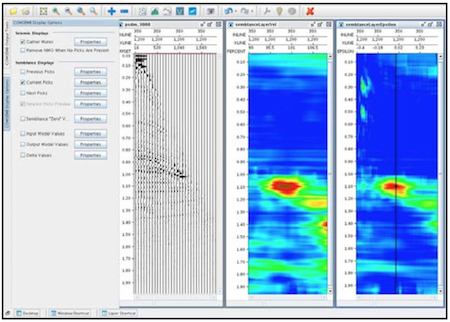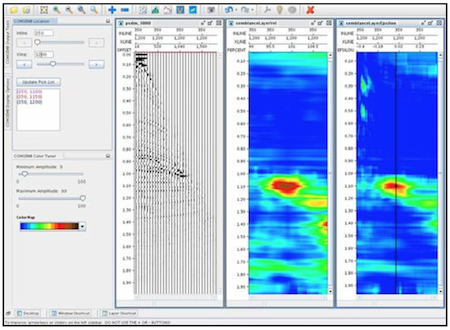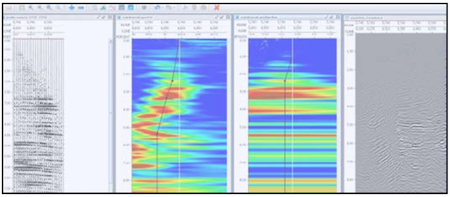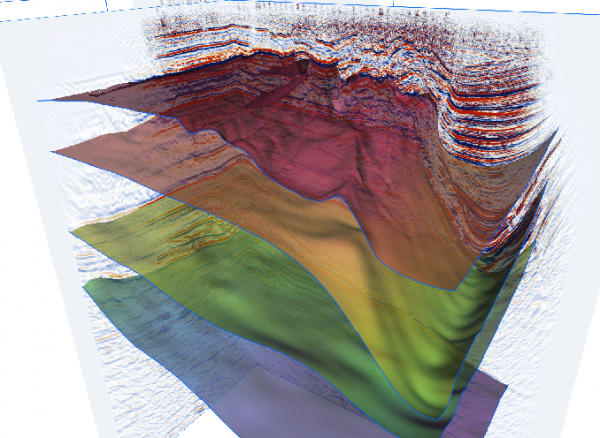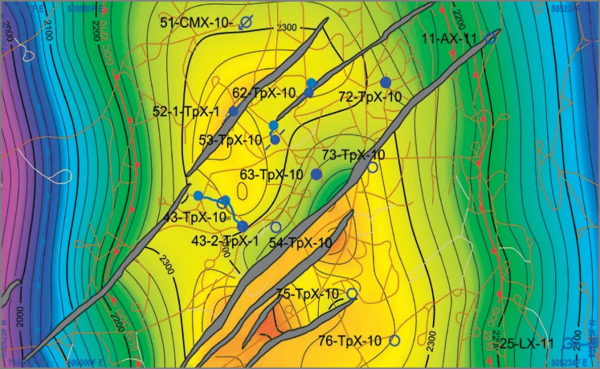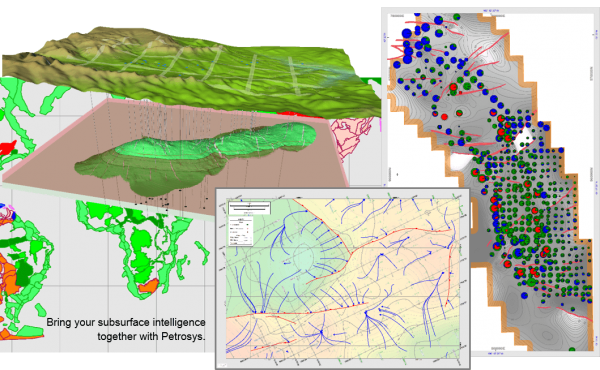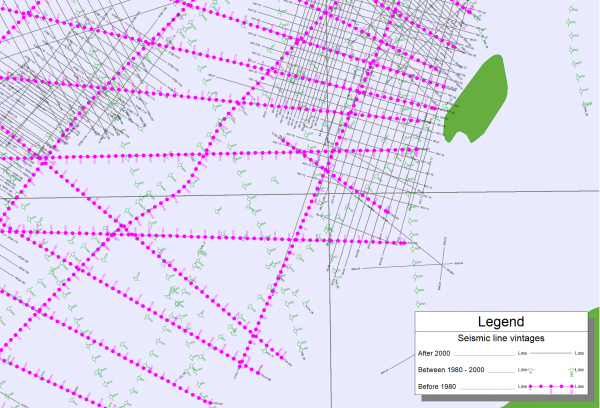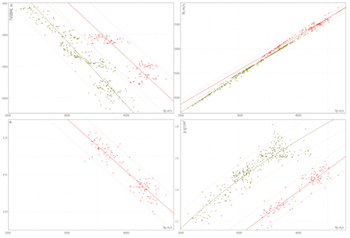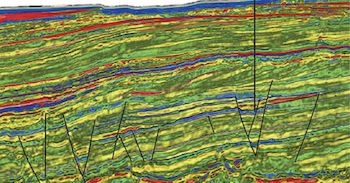Geoscience Software
Geoscience is the branch of science dealing with planet earth, including features on the earth’s surface, and below it. In petroleum industry, geoscientists play an important role in finding underground oil and gas reservoirs. They are also involved in mapping and interpreting underground surface interpretation. Today there are a number of advance geophysical software packages available for processing, interpreting and running inversion on reservoir seismic data.
WHAT IS DEPTH SEMBLANCE
Tsunami’s depth semblance tool allows the user to manually update velocity models by estimating the residual NMO needed to correctly flatten a gather in depth. The user can pick interval velocities and epsilon values at the same time to correctly flatten a gather. Additional ...
Read More ...
Prime is a software for processing of 2D/3D/4D/3C/4C onshore and offshore wide-azimuth or narrow-azimuth complex seismic data. The software includes solutions for the heterogeneous upper part compensation, salt domes, strongly dislocated tectonics, shallow and transit zones, wave field transformatio ...
Read More ...
Petrosys helps clients integrate geotechnical, engineering and GIS data to develop a better understanding of their subsurface environment for more effective management and development of petroleum reserves. Focusing on petroleum exploration and production data and software, Petrosys’ direct connecti ...
Read More ...
Seismic data conditioning, using a Reservoir Oriented Processing (ResOP) workflow, is a key improvement for any quantitative seismic interpretation or reservoir characterization project using pre-stack seismic inversion technology. A tailored processing sequence is applied to remove noise and enhanc ...
Read More ...
PGS uses a very efficient AVO/AVA workflow that allows for the rapid evaluation of prospectivity over large datasets. The elastic attributes calculated are routinely used as a first step in de-risking prospectivity using pre-stack seismic data.
Based on angle stacks or PSTM/PSDM gathers, we derive ...
Read More ...
PGS’ specialist approach to rock physics and AVO studies is based on a robust statistical rock physics workflow and is the foundation of more extensive quantitative interpretation studies enabling us to handle rock physics models in the depth domain.
The fundamental aim of the rock physics workflow ...
Read More ...
Our seismic inversion workflow is capable of handling 2D or 3D input data independently or in combination. For example, wells on matched 2D lines are tied to a 3D survey for both inversion calibration and model-building constraints. In the absence of well data within a survey (or tie-lines), wavelet ...
Read More ...
The depth conversion workflow is an integral part of our reservoir characterization workflow. It is especially relevant for lithology/fluid prediction. The primary objective is to produce a velocity model with a stable and geologically plausible background trend which will enable accurate depth conv ...
Read More ...
The PGS lithology/fluid prediction workflow utilizes a Bayesian supervised classification scheme to make quantitative predictions based on inverted seismic data and depth-dependent, statistical rock physics models over a target zone of interest. The process generates lithology and fluid probability ...
Read More ...
Determining the uncertainty inherent in reservoir property estimation is a key requirement for the risk assessment of an existing asset. PGS uses a state-of-the-art Bayesian inversion which directly inverts reservoir properties in the depth-domain. This, coupled with depth dependent rock physics, pr ...
Read More ...

